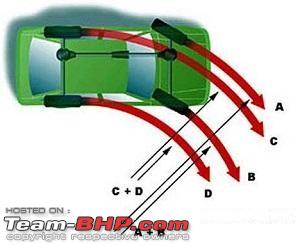| | #16 |
| Distinguished - BHPian  | |
| |  (8)
Thanks (8)
Thanks
|
| |
| | #17 |
| Distinguished - BHPian  | |
| |  (5)
Thanks (5)
Thanks
|
| | #18 |
| Senior - BHPian Join Date: Nov 2009 Location: Germany
Posts: 2,856
Thanked: 1,545 Times
| |
| |  (5)
Thanks (5)
Thanks
|
| | #19 |
| Team-BHP Support  | |
| |
| | #20 |
| Distinguished - BHPian  | |
| |  (1)
Thanks (1)
Thanks
|
| | #21 |
| Senior - BHPian Join Date: Jul 2009 Location: Calcutta
Posts: 4,665
Thanked: 6,233 Times
| |
| |  (3)
Thanks (3)
Thanks
|
| | #22 |
| Senior - BHPian | |
| |
| | #23 |
| Team-BHP Support  | |
| |
| | #24 |
| BANNED Join Date: Sep 2010 Location: Bangalore
Posts: 1,261
Thanked: 963 Times
| |
| |
| | #25 |
| Distinguished - BHPian  | |
| |  (3)
Thanks (3)
Thanks
|
| | #26 |
| Senior - BHPian Join Date: Jul 2009 Location: Calcutta
Posts: 4,665
Thanked: 6,233 Times
| |
| |  (1)
Thanks (1)
Thanks
|
| |
| | #27 |
| Distinguished - BHPian  | |
| |
| | #28 |
| Distinguished - BHPian  | |
| |
| | #29 |
| Senior - BHPian Join Date: Jul 2007 Location: Dharamsala, H.P
Posts: 2,108
Thanked: 1,665 Times
| |
| |  (4)
Thanks (4)
Thanks
|
| | #30 |
| Distinguished - BHPian  Join Date: Jan 2008 Location: Gurgaon
Posts: 3,863
Thanked: 3,253 Times
| |
| |
 |
Most Viewed




 Let's first talk about limited slip differentials (LSD) in general, what they do, and their different types.
Let's first talk about limited slip differentials (LSD) in general, what they do, and their different types.
 And Sutripta-da is the real mover-shaker behind this thread!
And Sutripta-da is the real mover-shaker behind this thread! 


